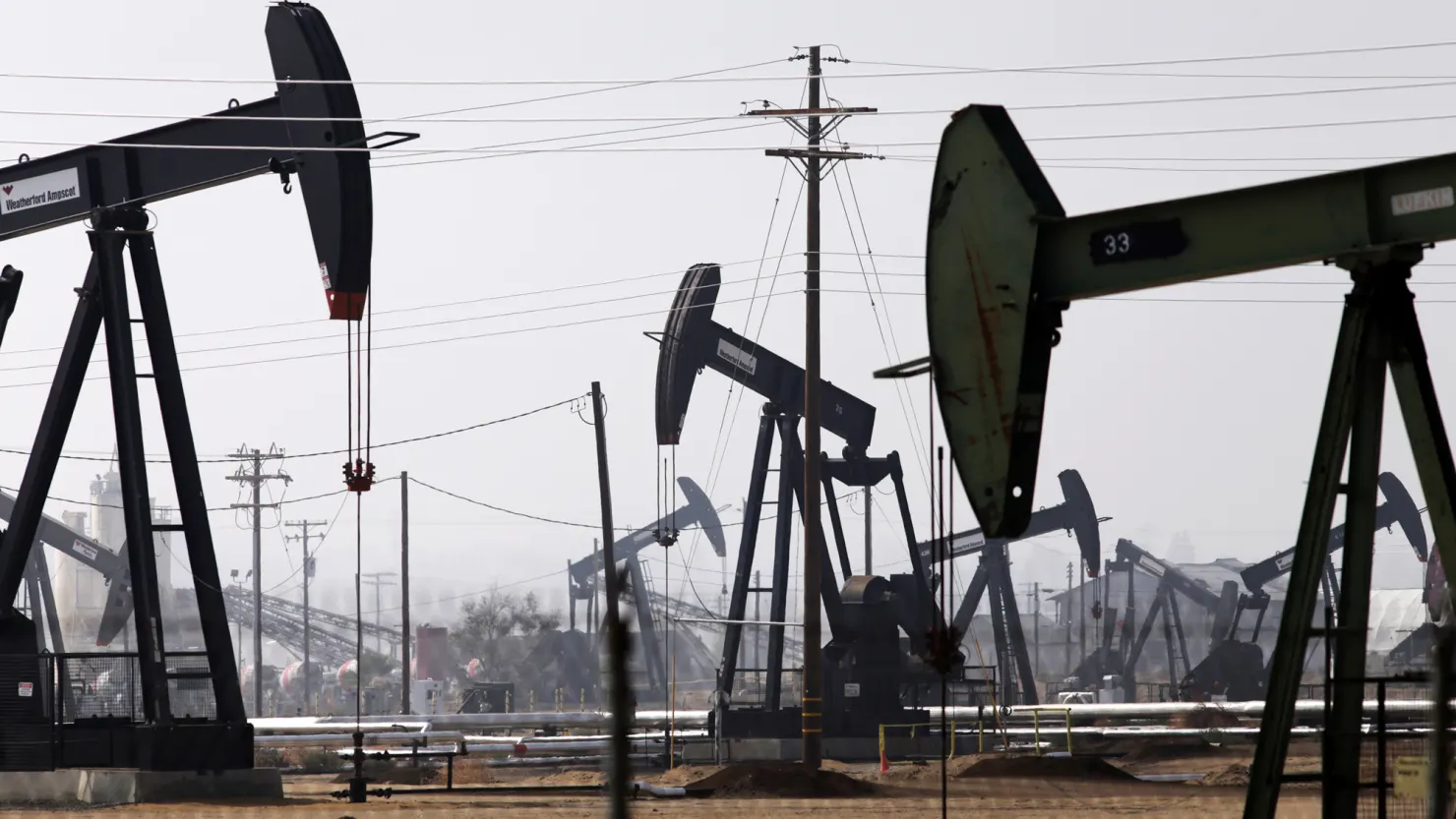Oil prices dropped in early trading on Friday, pressured by concerns over future demand growth, particularly in China, and the strengthening U.S. dollar. Both major benchmarks are on track to finish the week with losses exceeding 2%.
Market Overview
- Brent Crude Futures: Fell 31 cents (0.43%) to $72.57 per barrel by 0139 GMT.
- West Texas Intermediate (WTI) Futures: Dropped 26 cents (0.26%) to $69.12 per barrel.
China’s Demand Outlook
China’s state-owned oil giant Sinopec released its annual energy outlook on Thursday, projecting that the country’s oil imports could peak as early as 2025, with overall oil consumption expected to hit its zenith by 2027. Declining demand for diesel and gasoline are driving these forecasts, signaling a potential long-term shift in the global oil market.
China, the world’s largest crude importer, plays a pivotal role in influencing oil demand. Any signs of waning consumption are likely to ripple across the market.
Impact of a Stronger Dollar
The dollar’s rise to a two-year high further pressured oil prices. The Federal Reserve’s cautious approach to interest rate cuts in 2025 has bolstered the greenback, making oil more expensive for buyers using other currencies.
A stronger dollar, coupled with slower economic growth, could dampen global oil demand, adding another layer of uncertainty for energy markets.
Forecasts and Supply Dynamics
J.P. Morgan predicts the oil market will shift from balance in 2024 to a surplus of 1.2 million barrels per day (bpd) in 2025. The bank attributes this to a projected 1.8 million bpd increase in non-OPEC+ production, with OPEC maintaining current output levels.
The anticipated surplus could further weigh on prices unless offset by production cuts or other supply-side adjustments.
Geopolitical Factors
Efforts by G7 nations to tighten the price cap on Russian oil could influence global supply. Options reportedly under consideration include lowering the price threshold or implementing an outright ban, according to Bloomberg.
Russia has largely circumvented the existing $60 per barrel cap—introduced in 2022—by leveraging a “shadow fleet” of tankers. Recent EU and UK sanctions target this fleet, potentially curbing Russia’s ability to sidestep restrictions.
With weakening demand signals from China, a strengthening dollar, and potential geopolitical disruptions, oil prices face significant downward pressure heading into 2025. Analysts will closely monitor policy shifts by OPEC+ and the G7’s approach to Russian oil exports as key factors shaping market trends.





